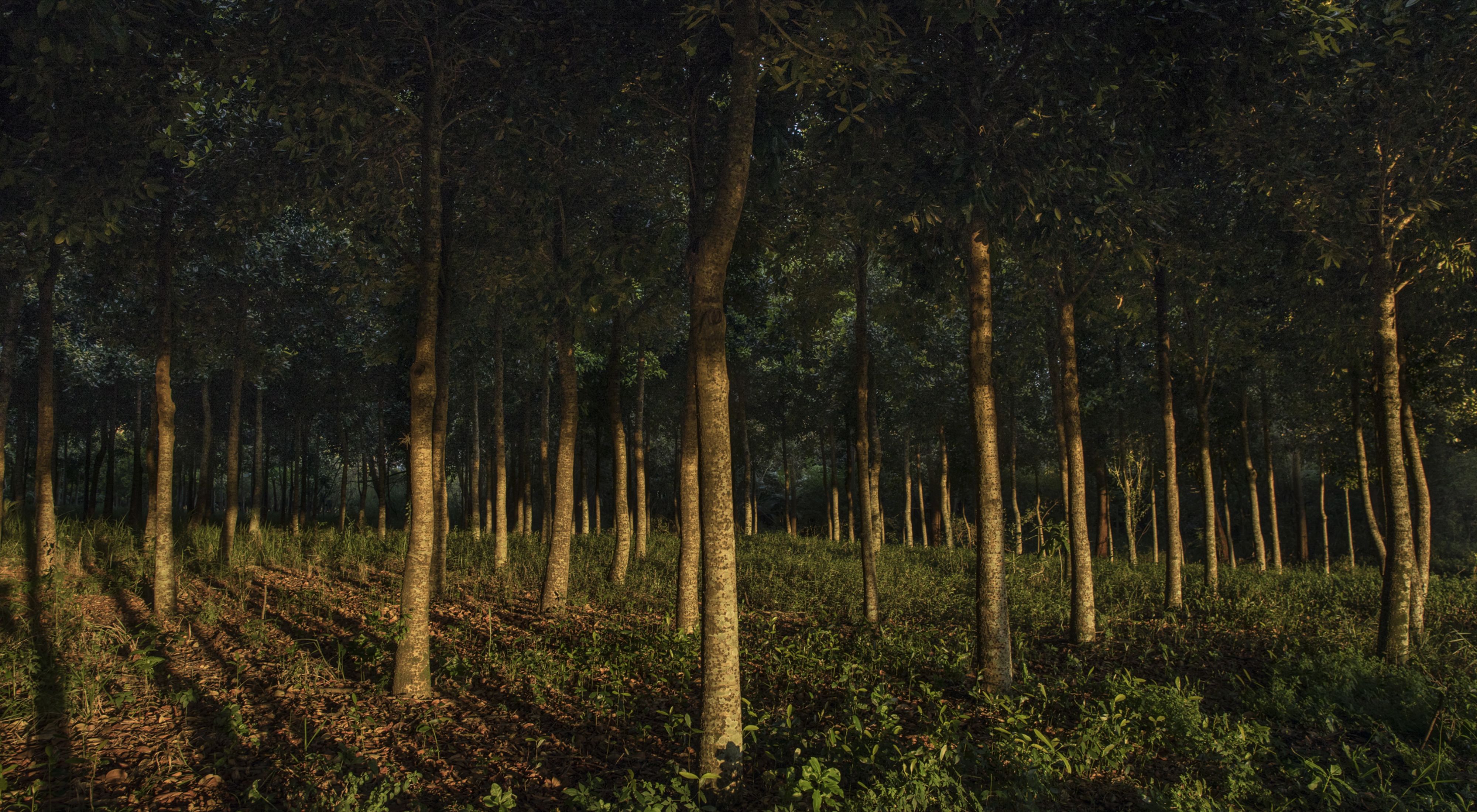Leading the Way for a Cleaner Future
Working Across Brazil to Decrease Deforestation and Carbon Emissions.
It’s like unzipping your stinky, week-old gym bag, or taking the lid off that mysterious Tupperware container in the back of your fridge. It’s like opening a carton of rotting eggs in the backseat of your 100-degree car. It’s like all these things combined, but worse.
When trees are cut down, tons of carbon dioxide is released into our atmosphere.
Trees not only absorb carbon dioxide from our air, they also store carbon in their roots, leaves and trunk. Trees in the Amazon rainforest hold 48 billion tons of carbon.
So, when trees are cut down, it’s a double whammy on climate change—more carbon dioxide is released and less is absorbed.
Now, imagine a landscape nearly the size of the United States with 60% of it covered in trees. This is Brazil’s Amazon rainforest.
Brazil has lost 20% of its rainforest to deforestation, making the country one of world’s biggest contributors to greenhouse gases and global climate change. The Nature Conservancy is working hard to change that.
The Conservancy is working across Brazil with many partners to reduce—and nearly stop—deforestation. We are working with government to better monitor deforestation and implement the Forest Code. We are working with farmers to improve agricultural and ranching practices, avoid further deforestation and restore forest on their land. And, we are working with corporations to support these efforts and influence market demand.
Through this work, by 2017 the Conservancy will protect 24 million hectares in Brazil against illegal deforestation, avoiding deforestation on 390,000 hectares and reducing carbon emissions by 290 million tons.
Though this will be a big win for reducing greenhouse gases, similar work is needed across the globe. Learn more about the Conservancy’s global climate strategies.
